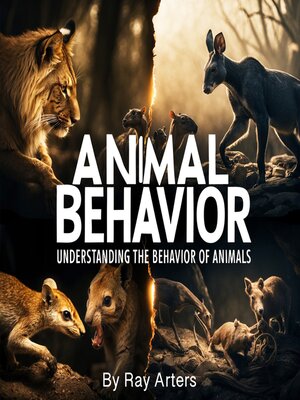
Sign up to save your library
With an OverDrive account, you can save your favorite libraries for at-a-glance information about availability. Find out more about OverDrive accounts.
Find this title in Libby, the library reading app by OverDrive.



Search for a digital library with this title
Title found at these libraries:
| Library Name | Distance |
|---|---|
| Loading... |
This audiobook is narrated by a digital voice.
Animal behavior, known scientifically as ethology, represents one of the most captivating and complex fields of biological study, encompassing the systematic investigation of how animals interact with their environment, communicate with one another, find food, avoid predators, reproduce, and navigate the countless challenges of survival. This discipline bridges multiple scientific domains including neuroscience, ecology, evolution, psychology, and genetics to understand the mechanisms underlying behavioral patterns that have evolved over millions of years. The study of animal behavior provides crucial insights not only into the lives of other species but also into the evolutionary origins of human behavior and the fundamental principles that govern all living systems.
The modern science of animal behavior emerged from the convergence of several intellectual traditions, most notably the work of European ethologists like Konrad Lorenz, Nikolaas Tinbergen, and Karl von Frisch, who pioneered observational studies of animals in their natural environments. These researchers rejected the laboratory-confined approaches that had dominated early twentieth-century psychology, instead emphasizing the importance of studying behavior in ecological contexts where natural selection had shaped behavioral adaptations. Their revolutionary approach recognized that animal behavior could only be properly understood when observed under the conditions in which it evolved.
Lorenz's groundbreaking work on imprinting demonstrated how young animals form crucial social bonds during critical periods of development, revealing that learning and innate programming work together to produce adaptive behaviors. His observations of greylag geese following the first moving object they encountered after hatching illustrated the precise timing mechanisms that ensure offspring form appropriate attachments to their parents.







